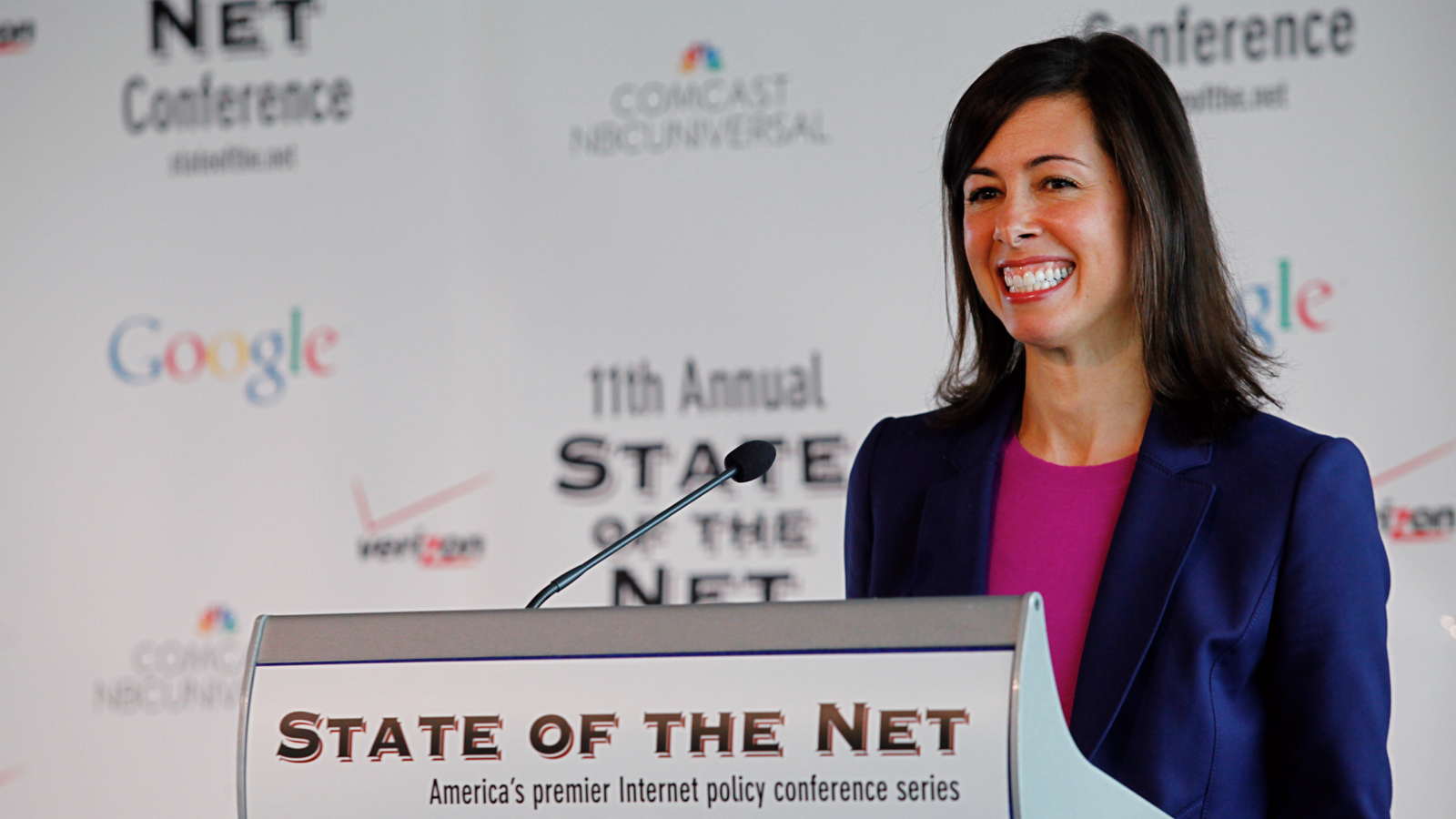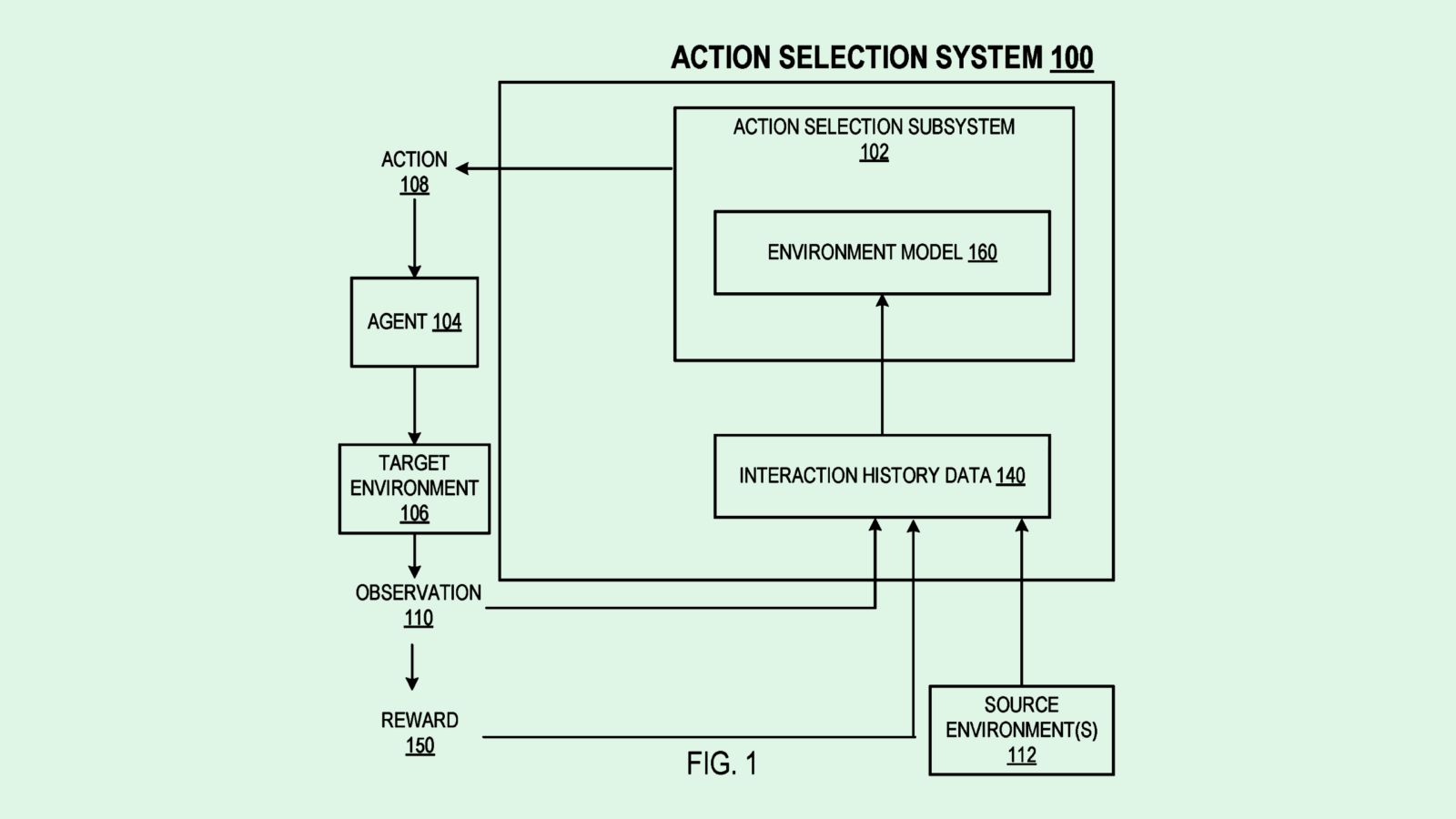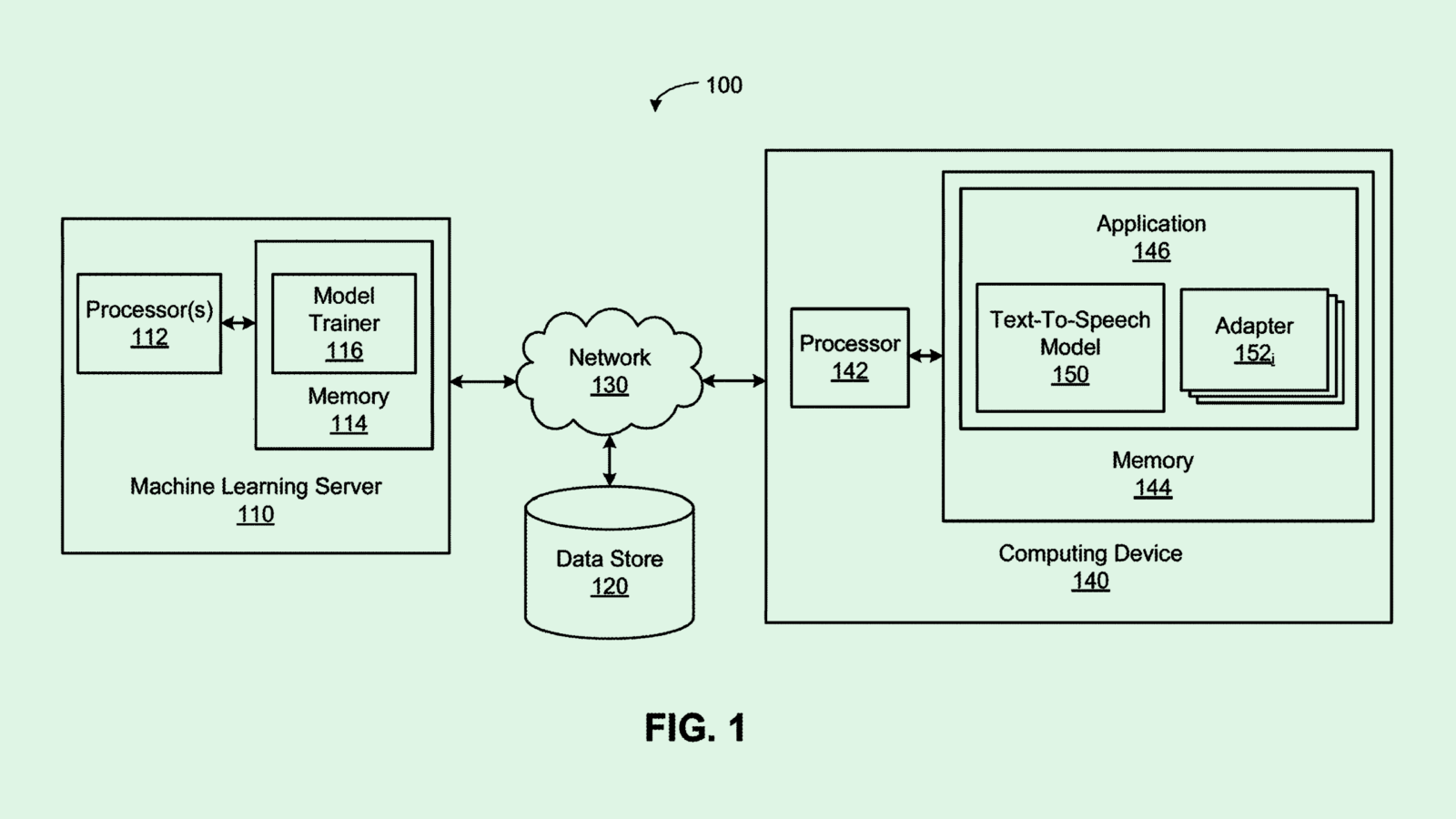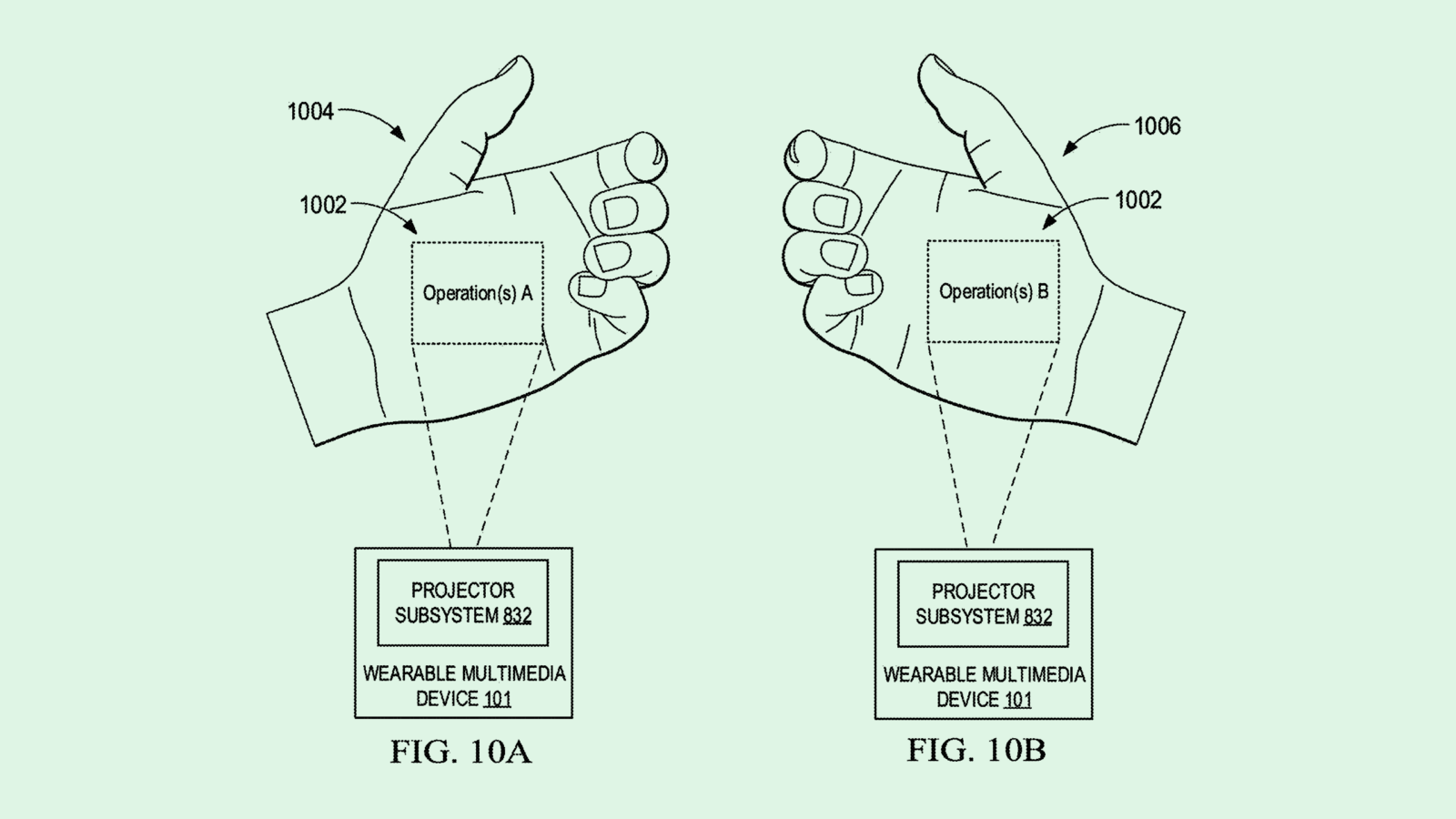The Secret Life of Streaming: How Viewership Secrecy is Re-Shaping Hollywood
If Hollywood studios want to settle the current dual strike, they may have to get much more open about just how popular their shows are.

Sign up for smart news, insights, and analysis on the biggest financial stories of the day.
It was a typical Netflix boast letting us know it had a new hit on its hands: The streaming service announced last week that its new pirate-adventure series “One Piece” had accumulated 37.8 million views, easily among the most ever.
Their proof? Like their streaming peers, they’d prefer not to say.
Unfortunately for Netflix and its streaming ilk, not everyone in the industry — especially talent — is necessarily happy to extend such faith.
Sure, data may be the oil of the 21st century, but what use is it if Hollywood studios — and fellow tech giants in the attention economy — keep it all to themselves? Exxon, Chevron, and Saudi Aramco could hardly be so secretive.
Flashback Episode: In the old days, TV advertising ran like a machine. Networks would sell ad spots at a value based on a program’s Nielsen ratings. Once the ad aired, Nielsen ratings would again be used to check if the programming notched certain so-called guarantees in viewership — including specific demographic information, such as the long-coveted, not-so-specific “males aged 18-to-34” cohort.
If a program remained on the air long enough, typically at least 100 episodes, networks could then license it to other channels, which could then sell ads based on historical ratings data — with a portion of the proceeds returning to cast and crew in the form of residuals, allowing, say, the primary players behind “Seinfeld” to score riches based on the show’s ongoing value as a rerun staple for the likes of Fox, TBS, Comedy Central, and just about every other network in your old cable bundle. (The basic pay structure for TV residuals for writers and actors was first negotiated in 1960, the last time their respective guilds went on strike at the same time.)
Snap to Reality: Today, pricing a show is far more difficult — in part because there’s no standardized Nielsen-esque middleman and streaming platforms are reluctant to share metrics with anyone. That’s led to a pivot from the old TV model of upfront advertising and toward a programmatic one found on the likes of YouTube, a model based less on broad reach to hordes of people and more on the real-time ad-buying marketplaces based on data-driven hyper-targeting of specific audiences. In simpler terms, streamers can operate an ad business without necessarily disclosing or projecting exactly how many people are watching a specific show.
“In [streaming] advertising in general, it’s not sold on a show basis,” Tim Nollen, media and ad tech analyst at Macquarie Group, told The Daily Upside. “The whole nature of programmatic [streaming] ad buying is it’s not really about an upfront market. By definition, it’s a spot market, because you’re buying ads instantly, when that ad pod loads, and the machines can figure out who’s watching it and who should be served what sorts of ads. So the whole industry is very, very much in flux.”
So far, that pivot to programmatic advertising has worked pretty well. Or, at least, it’s provided a nice change of pace from the oft-rudderless ad-free subscription model — even if the future may never quite capture the primetime profits of the old days:
- In its recent second-quarter earnings report, Netflix said its basic $6.99 per-month with ads tier generated higher average revenue per user than its standard $15.49 per month ad-free plan — though it conceded that ad revenue in the quarter still “isn’t material” given the small membership base.
- Disney, meanwhile, is similarly trying to push users toward its cheaper ad-supported tier on Disney+, which is similarly suspected to achieve higher ARPU (Hulu, its other streaming service, has long had more ad-watching customers than ad-free customers). Last month, Disney granted Charter Cable’s roughly 15 million subscribers an ad-supported Disney+ account, which Third Bridge Group sector analyst Jamie Lumley told The Daily Upside at the time likely signaled the company’s desire to scale its ad business.
“[Streaming’s ad] business probably won’t ever get the same operating margins or EBITDA margins that the old linear TV world had at its peak, with all those TV networks making 30% to 50% margins,” Nollen told The Daily Upside. “I don’t think in percentage terms, it’ll get that good. But in dollar terms, for some it could and, especially given how far we’ve fallen to this point, it starts to look a lot better. You don’t even care about getting to 40% margin, you just care about getting operating profitability.”
Strike Out: Theoretically, the pivot to advertising revenue offers Hollywood an answer to one of the streaming age’s chief conundrums: how to assign value to a show when its only function is to convince someone to not cancel their subscription by the mere virtue of its presence.
It’s part of the reason why success-based compensation has become such a sticking point in the current labor strike. A recent, entirely bizarre streaming phenomenon from this summer highlights the dynamic:
- Earlier this summer, Suits, the breezy lawyer dramedy co-starring Meghan Markle that aired on the USA cable network for 8 seasons until 2019, inexplicably experienced a streaming renaissance on both Netflix and Peacock. The series garnered some 18 billion minutes viewed in a month, according to Nielsen (one of several third-party ratings agencies to develop streaming-metric measurements, though it doesn’t rely on first-party data).
- But in an op-ed for The Los Angeles Times, former Suits writer Ethan Drogin said he received a residuals check for just $259.71 for the huge streaming run — far below typical cable rerun rates — and said the show’s six original writers collectively earned just $3,000 total in the most recent quarter from streaming.
In fact, creative talent is often shut out from internal metrics entirely, let alone compensated for positive metrics. It’s a major tension that ultimately led in part to this year’s dual strikes.
“[Talent began] to realize that there is disintermediation and a disconnect between the actual audience [they]’re reaching, which [they]’re not even really sure of, and [their] compensation,” Stephen Saltzman, an entertainment attorney and partner at Fieldfisher who represents both producers and creative talent, told The Daily Upside, adding that talent realized “that you miss the back-end opportunity on the successes.”
Picture Imperfect: While studios are happy to tout their streaming successes, obscuring the depth of their failures is no doubt part of their metric-hiding calculus.
“Couldn’t agree more that the streamers have not released viewership numbers because it will be more harmful than helpful. It will be in many cases- downright embarrassing,” one anonymous entertainment executive recently told Puck, adding that such disclosures could spur a “MASSIVE contraction in the number of shows ordered, the number of episodes produced, and the number of films acquired.”
In effect, admitting that the billions poured into producing original programming in the dawn of the streaming era may have went to largely unseen shows could be not just embarrassing for streaming platforms and their legacy media parent companies — it could be downright disastrous, destroying investor confidence.
But media companies are likely unable to keep that content pipeline flowing unless they settle their labor disputes, likely letting creative talent peek under the metrics hood in the process and agreeing to pay them for the success they create.
In other words, it’s just another chapter from Hollywood’s spend-first, ask-questions-later, wayward lunge into the wild world of streaming.









